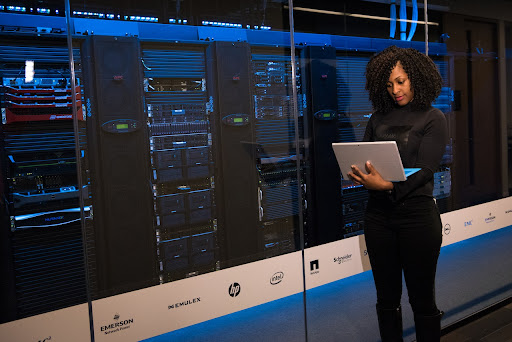
The cost of storing and transporting data may add up quickly for a modern business. There are many options for the architecture, software, and hardware required to host a robust data pipeline, and many businesses struggle to create a system that is comprehensive, integrated, and both efficient and effective.
When putting together an IT project, the location of the data center is the very first choice a business must make. It goes without saying that PCs, servers, and auxiliary equipment can be bought and installed locally.
However, it is now possible to create digital systems that are hosted and completely operated on physically distant hardware thanks to advancements in distributed computing. These choices show how traditional data centers are changing over time into a contemporary cloud data center (CDCs). Understanding the distinctions between these broad categories of data centers will help businesses make better decisions and improve the success of their data pipeline.
What Is an On-Site Data Center?
All businesses have traditionally employed on-site data centers. The servers that enable the web, the hardware that connects them, and infrastructure tools like power supply are all included in an on-premises data center. An on-site data center can range from a small server room to a sizable, exclusive data center like the ones run by major tech businesses, depending on the company.
What Are Cloud Data Centers?
Organizations have been moving from on-site data centers to using cloud data centers instead. On-site data centers are being relocated off-site by a cloud data center. An enterprise leases a set-up run by a third party and uses the Internet to access data center infrastructures rather than individually maintaining its own resources.
In this paradigm, the cloud data center provider is in charge of keeping the components of the resource stack that are directly under their control, updated, and maintained, as well as meeting service level agreements.
Which Is Better for Your Company?
Recently, many businesses are shifting their infrastructure requirements to the cloud. It is recommended for small businesses to use CDCs because they can provide the necessary computational capacity without having to engage IT staff or manage expensive hardware.
The efficiency, scalability, and experience of cloud providers are beneficial to big, swiftly growing, and web-based enterprises alike. The cloud also serves as a solid layer of redundancy for disaster recovery, which is helpful for many enterprises.
Cloud data centers are accessible to any person with the right credentials from any location with an internet connection. Authorized staff can access company data through their mobile devices, but if your team will be connecting on mobile, it’s crucial to train them about cybersecurity and best practices.
Cloud data centers are also affordable, mainly for small businesses. As your organization expands, a cloud data center can swiftly scale your service. To cater to this, the majority of businesses provide a variety of subscription plans.
Additionally, cloud storage makes data recovery simple in the event that something bad occurs in your local workstations. You may upload and download the most important material to any required device using an internet connection as your info is saved in the cloud.











